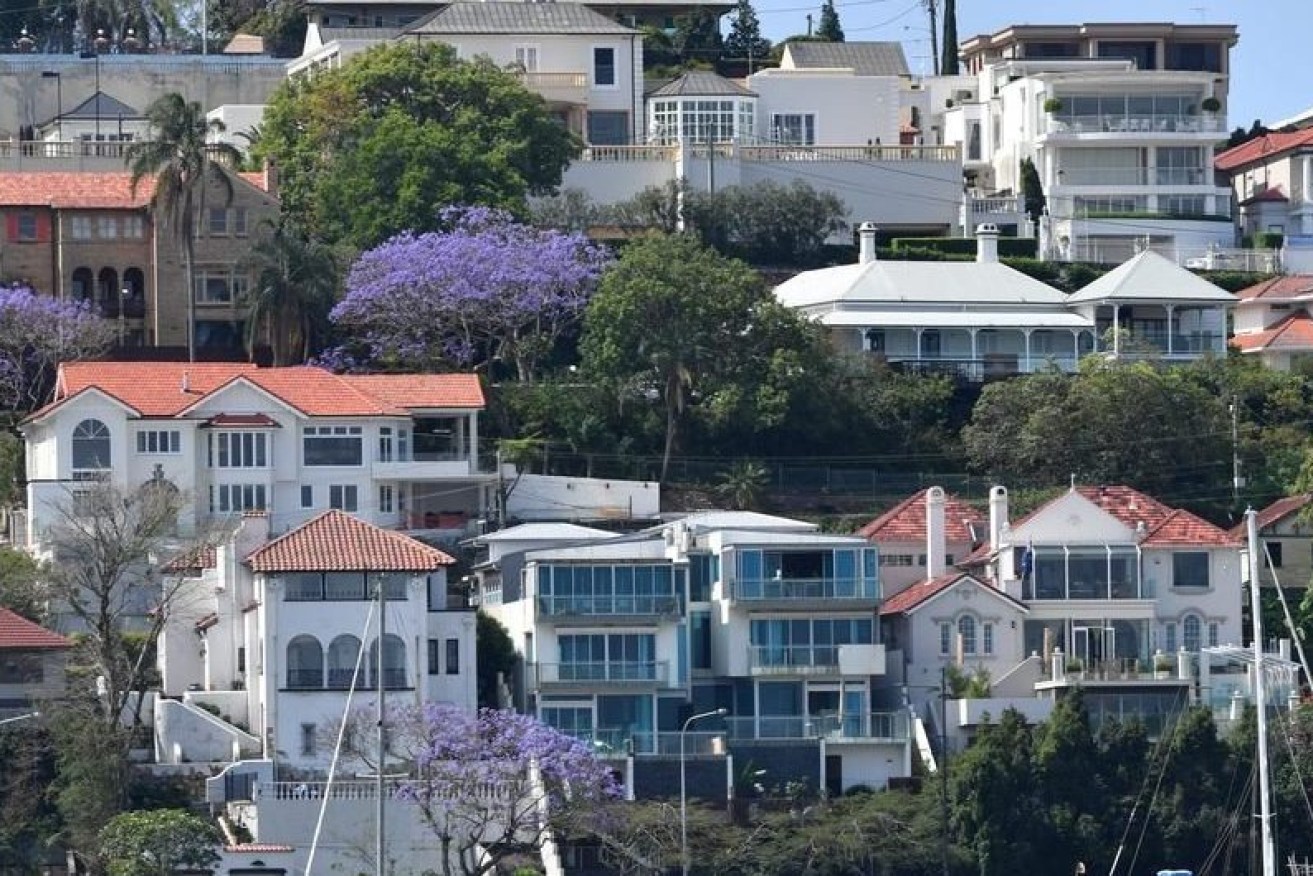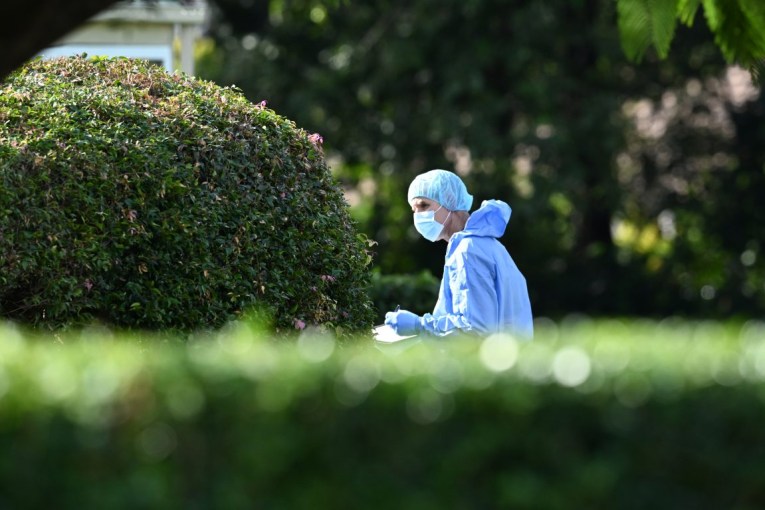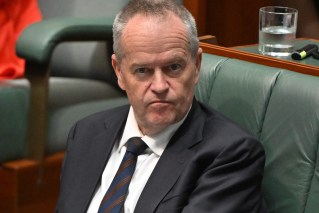Ipswich, Redcliffe among satellite cities to cop brutal 20 per cent rent rises
Rents may have soared in Brisbane’s inner city but the real impact is in the suburbs with traditionally lower income – with regions like Ipswich and Redcliffe being hit with rental increases above 15 per cent in the past year, according to CoreLogic.


What are we chossing to give up for population growth? (file image)
Inner Brisbane median rent was now $664 a week, a 20 per cent increase on a year ago. It was followed by Ipswich Hinterland ($518 a week, up 16.1 per cent) and Redcliffe ($583 a week, up 15.4 per cent). (See the list of top 10 at the end of the story).
However, inner Brisbane’s average weekly household income is significantly higher ($2155) than either Ipswich ($1668) or Redcliffe ($1114), according to Census data.
The Redcliffe example indicated that half the weekly income was being spent on rent. Inner Brisbane renters were spending about 30 per cent of their income on rent.
Brisbane inner, Brisbane inner east, Mt Gravatt and Nathan have rent levels that now exceed those in Melbourne city’s rent ($647).
Regional Queensland’s median rent has jumped 8.1 per cent to $575.
CoreLogic said the increase in rents was being driven by surge in international migrants and international students. There was also a shortage of rental listings and this had combined to drive “the strongest annual increase on record for Australia’s capitals”.
“It’s unlikely there will be much in the way of relief for renters in the short to medium term, with the flow of migrants expected to remain high and rental supply expected to remain low,’ CoreLogic said.
The data release coincided with a submission to the South East Regional Plan from Suburban Futures, a group which advocates for the suburbs, which claimed that too much emphasis was being placed on jobs in the inner city at the expense of the outer suburbs.
It said there has been misalignment between housing and population policies, with what is happening in the economy in terms of jobs.
“At the same time, there has been something of a policy preoccupation with the inner city – which has wrongly been credited with generating a large share of SEQ region jobs.
“Matched with an intensive program of inner urban renewal and a concentration of capital spending in the inner city, we now find ourselves with an excessive focus on a market of increasing wealth, privilege and opportunity that accounts for fewer than 15 per cent of jobs and a smaller share of population growth.
“At the same time, middle and outer suburban areas – some of which have been tasked with accommodating large numbers of forecast population growth – have been relatively overlooked in terms of supporting infrastructure and basic questions of equity.
“Because jobs and population growth are misaligned in the SEQ Regional Plan, we are potentially condemning more people to longer commutes by not prioritising a better-planned match between job opportunities in the future and housing in the future.
“The largest employing industries are in sectors such as health care and social assistance, retail trade, education and training, and construction. These are not industries looking for CBD or inner-city office space.”
Greater Brisbane 12-month rental increases
Brisbane inner $664, up 20.2 per cent
Ipswich Hinterland $518, up 16.1 per cent
Redcliffe $583, up 15.4 per cent
Forest Lake-Oxley $559, up 15.1 per cent
Nathan $669, up 14.8 per cent
Brisbane inner east $739, up 14.4 per cent
Nundah $594, up 13.9 per cent
Ipswich inner $498, up 13.5 per cent
Mt Gravatt $700, up 13.3 per cent
North Lakes $586, up 12.8 per cent












